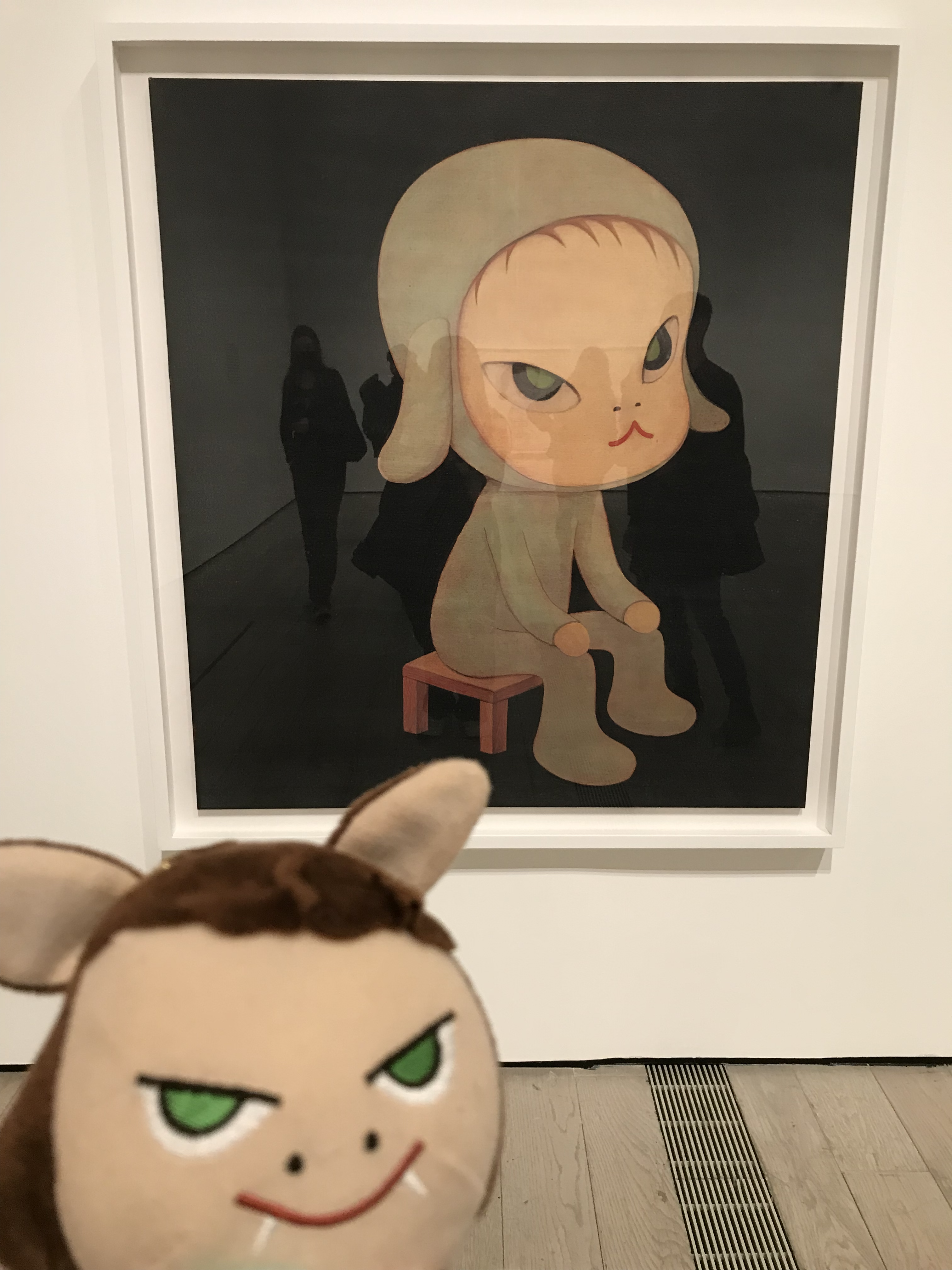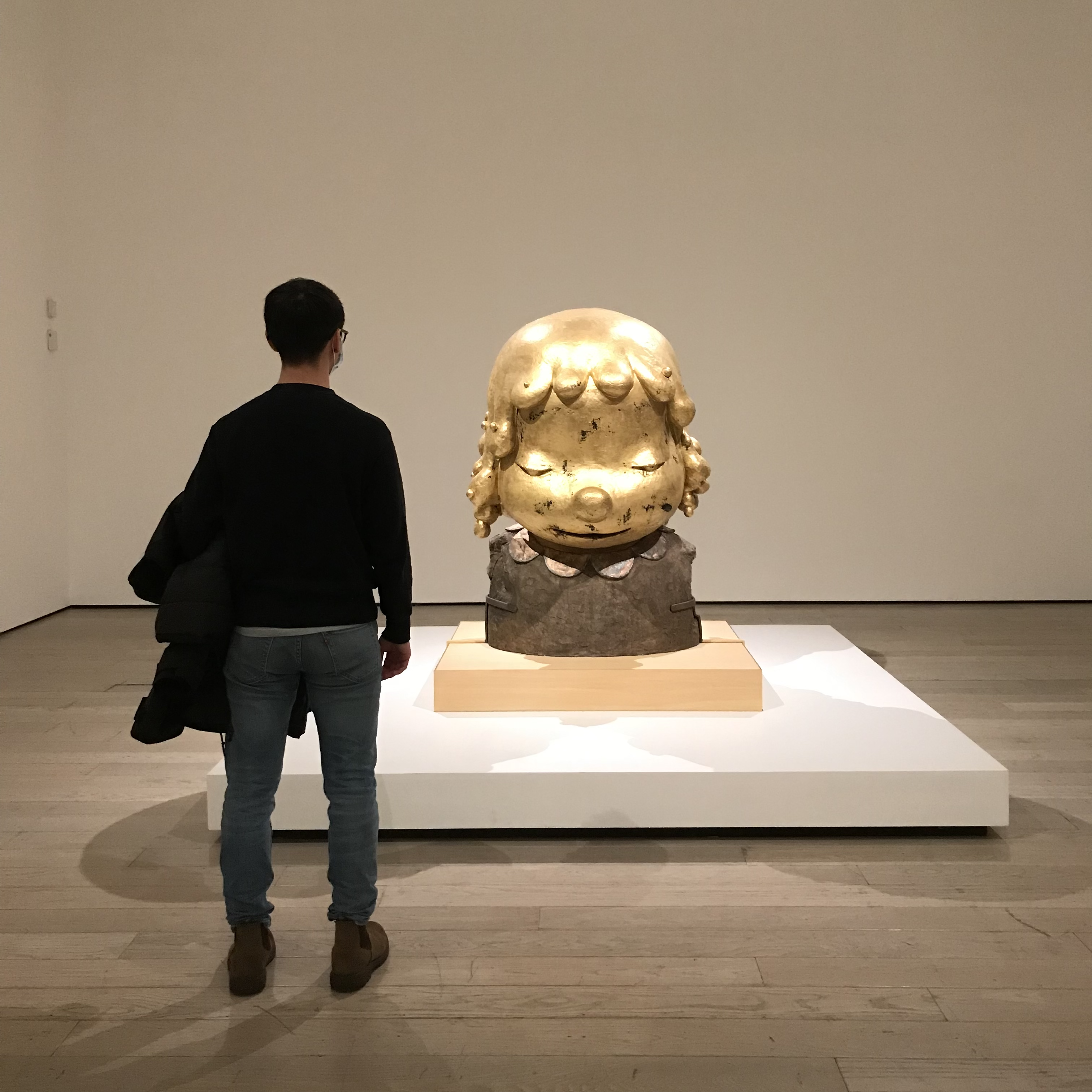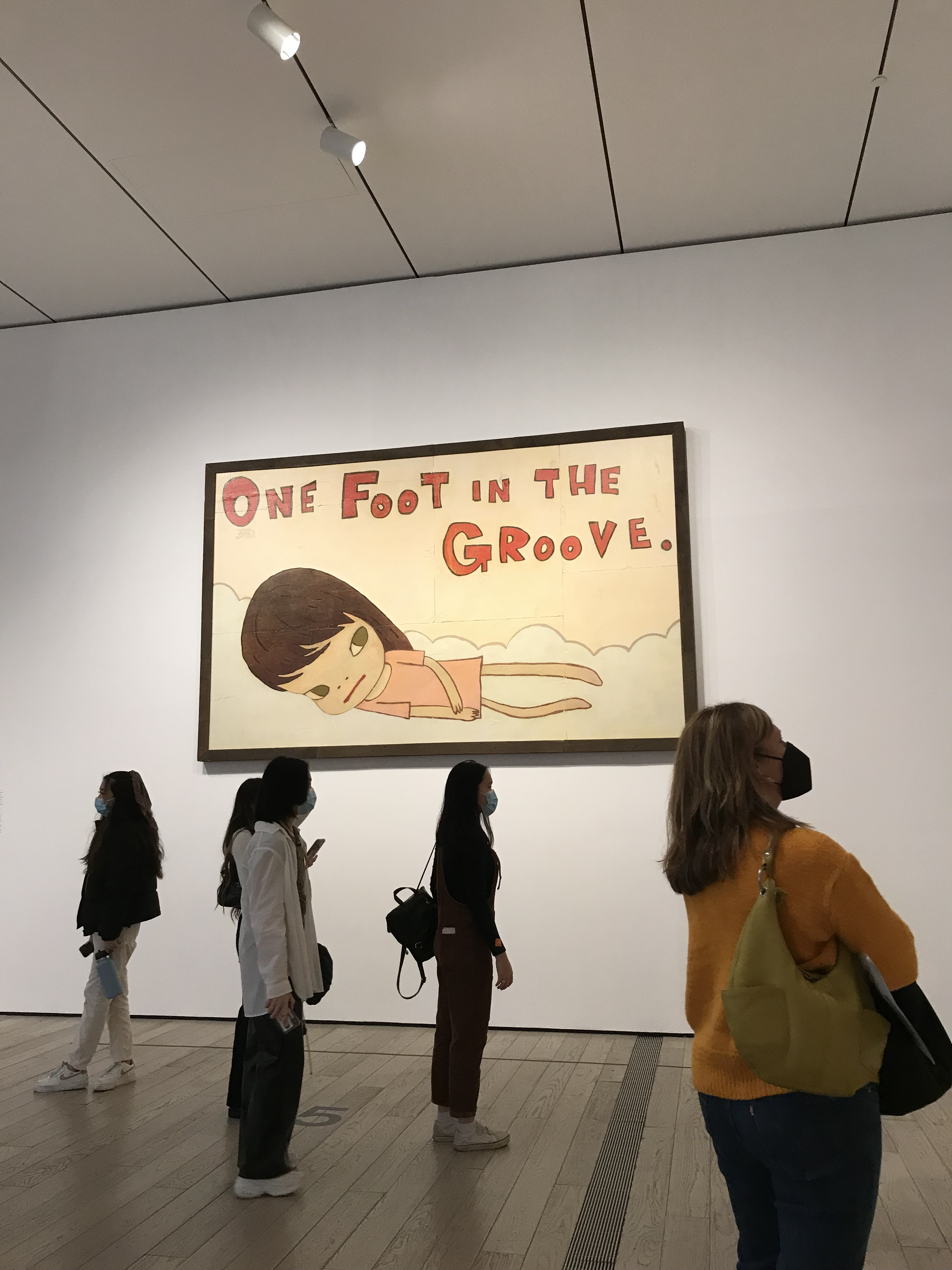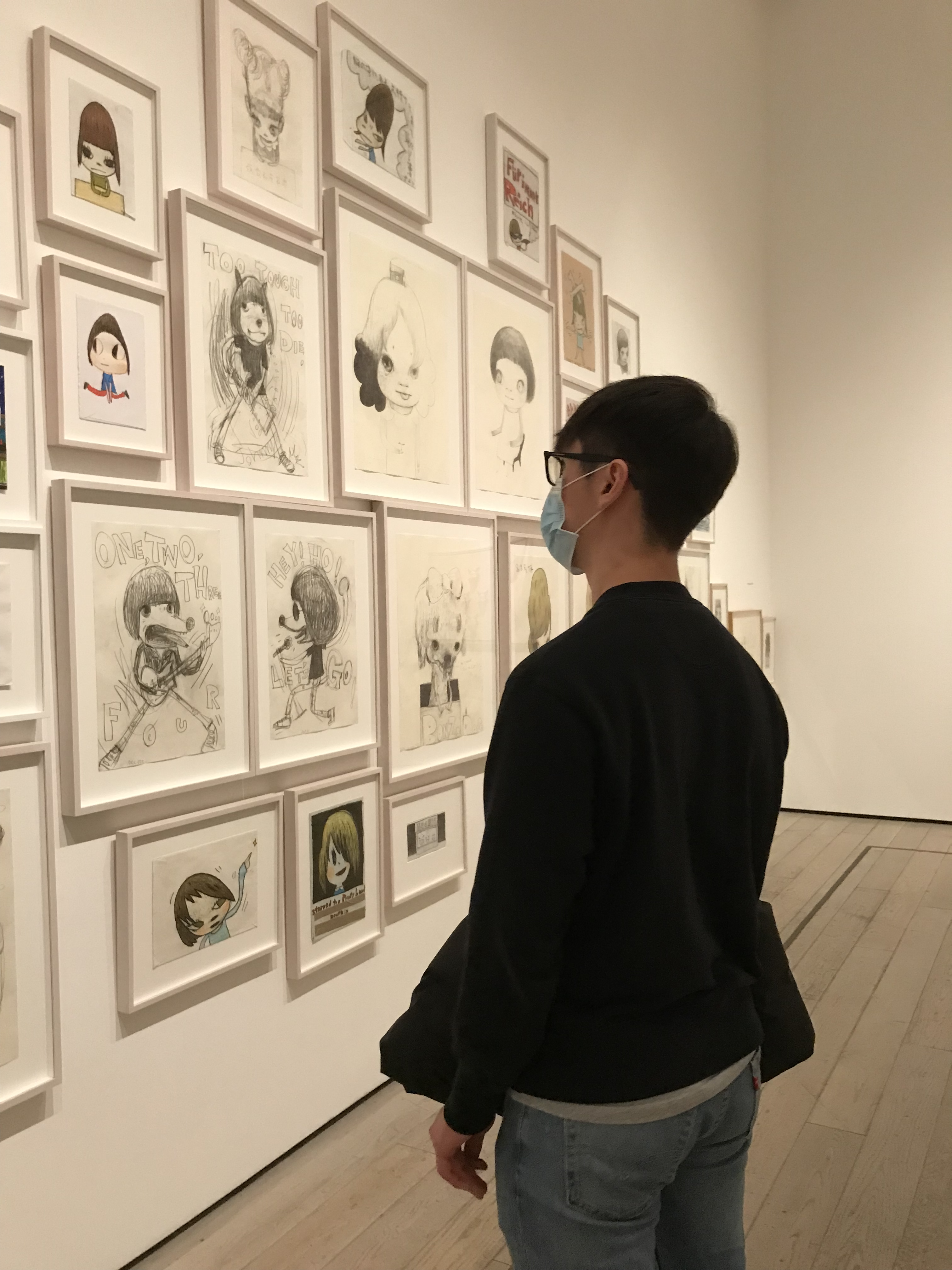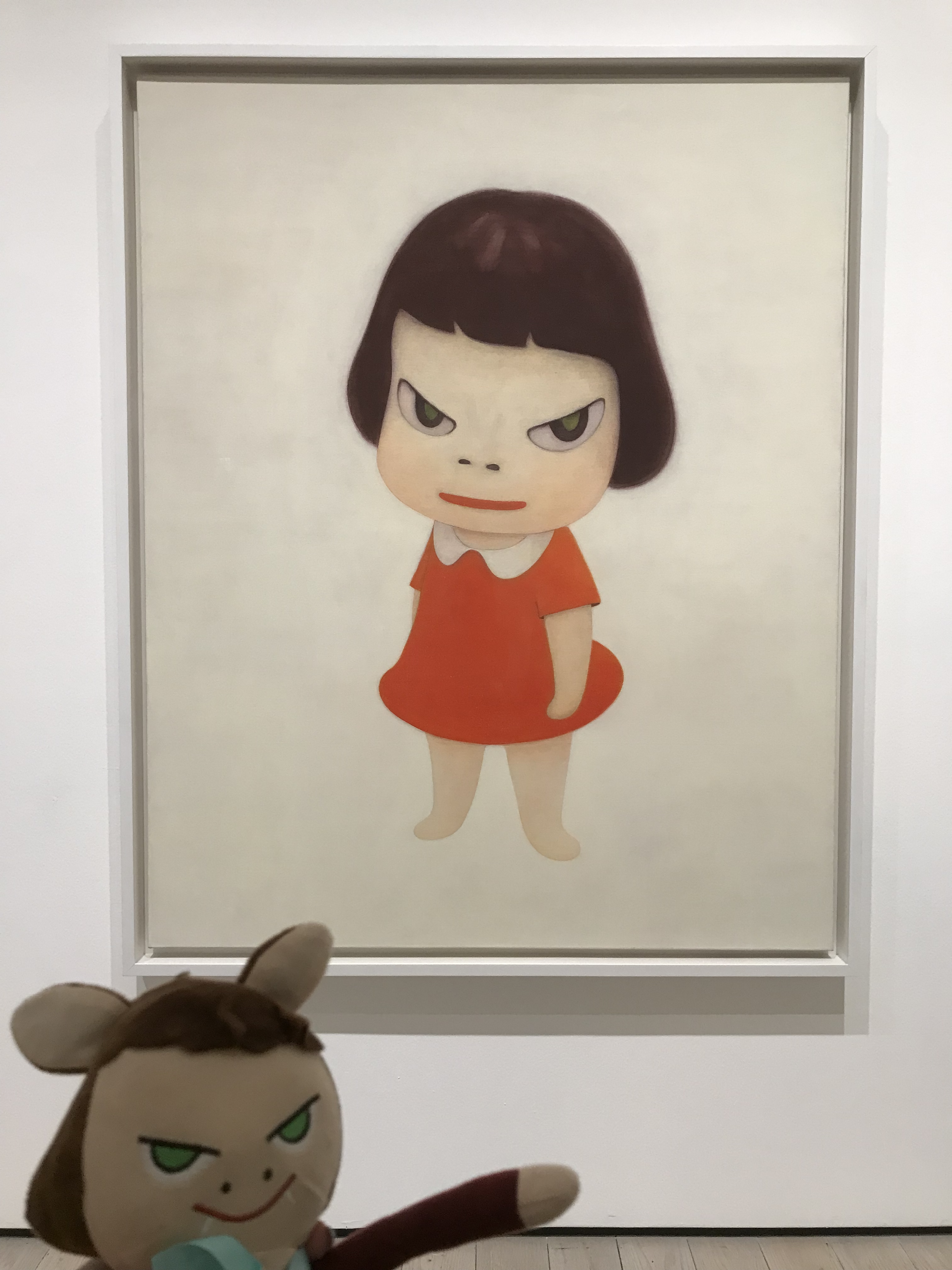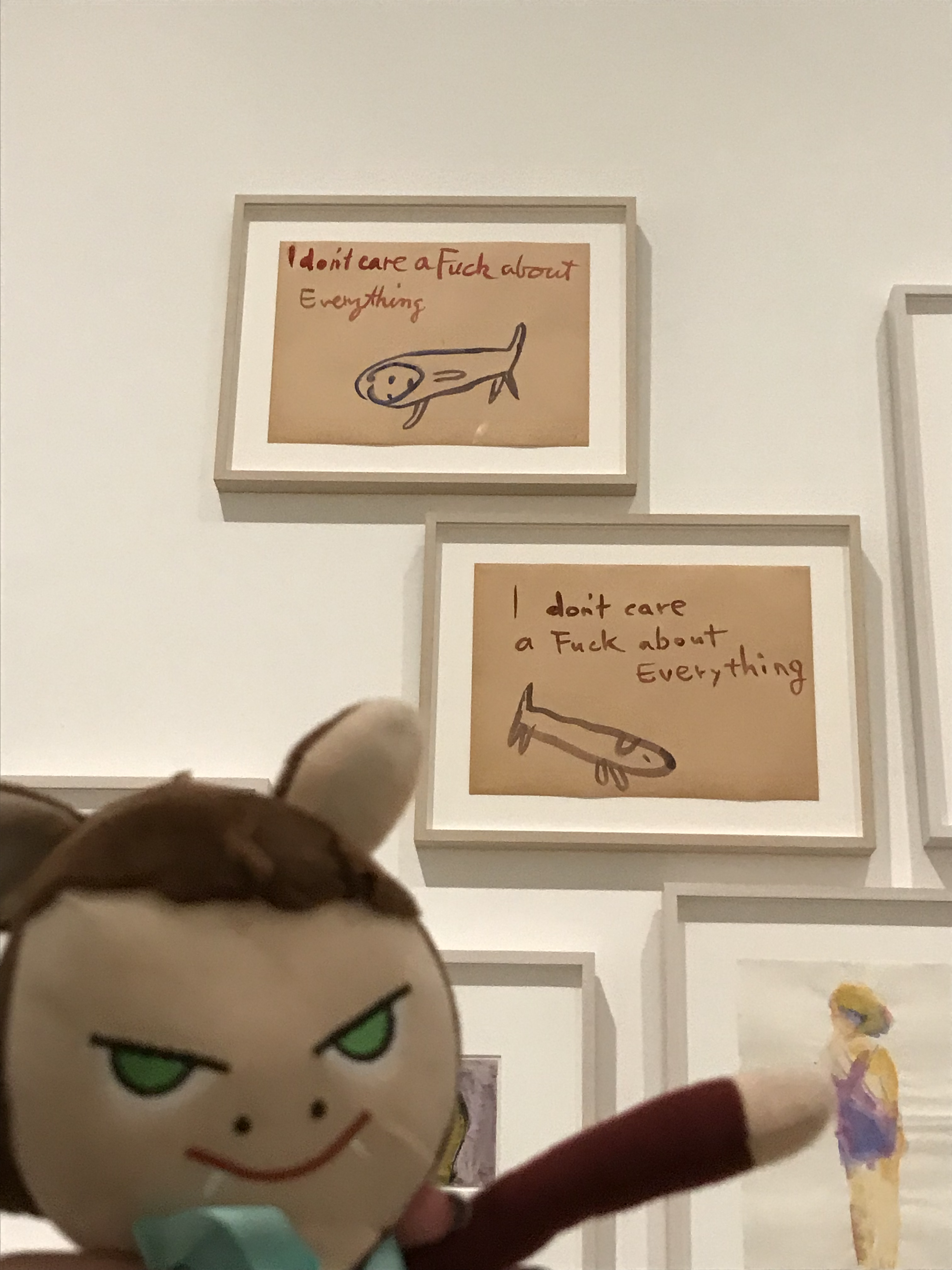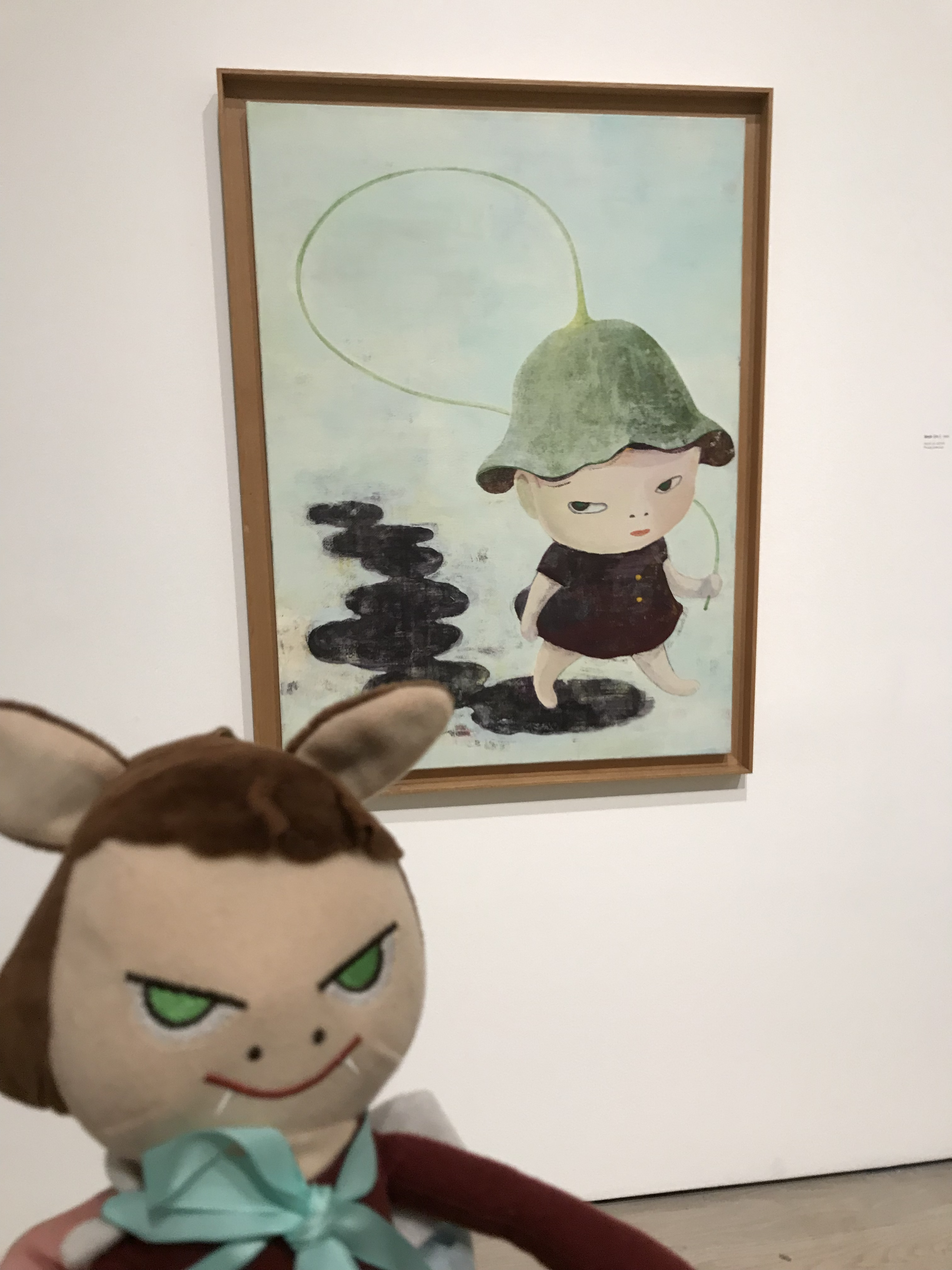Superflat
Superflat is a contemporary art movement founded by the legendary Takashi Murakami. You may know of his work from his collaborations with Louis Vuitton or his album artwork on Graduation by Kanye West and Kids See Ghosts by the hip hop duo consisting of Kanye West and Kid Cudi.

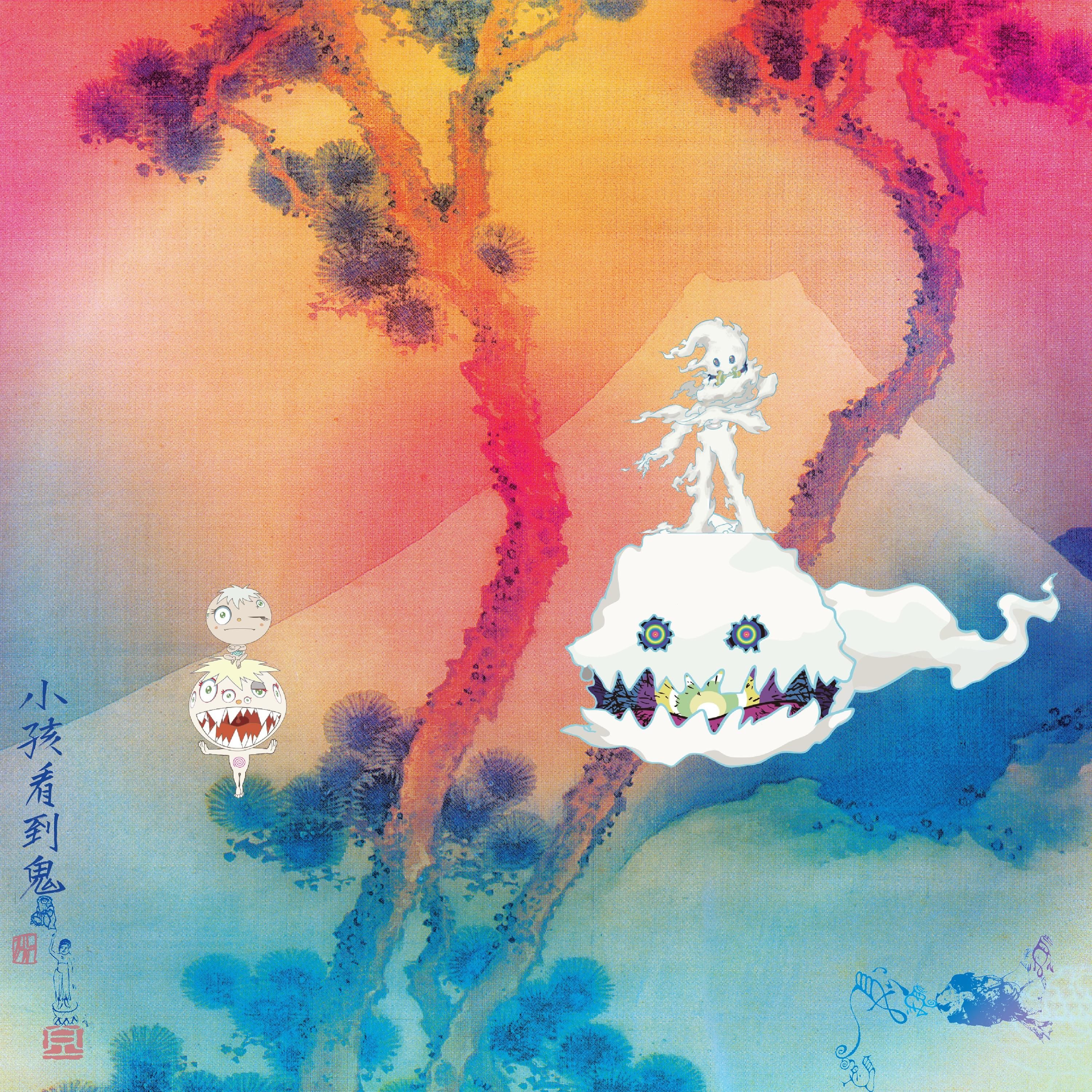
The term "Superflat" refers to the flat 2-D art style of anime, manga, Japanese fine art, video games, otaku culture, and other art styles and mediums in pop culture. Part of its significance was the inclusion of other artforms and artists, such as graphic artists and animators. It's also the name of a 2002 exhibition curated by Murakami [1].
Topics that may be explored in Superflat art include post-war Japanese culture, consumerism, sexuality, and other forms of social critique. In terms of post-war Japanese culture, Murakami makes the connection between Japan's signature 2-D style (as opposed to the Western 3-D style) and the Westernization and economic growth of Japan after World War II [2].
In addition to Murakami, Yoshitomo Nara, Aya Takano, and Chiho Aoshima are also Superflat artists. However, Murakami also includes artworks by premodern artists such as Katsushika Hokusai's Thunderstorm Beneath the Summit (1830–1832) as Superflat art [1].

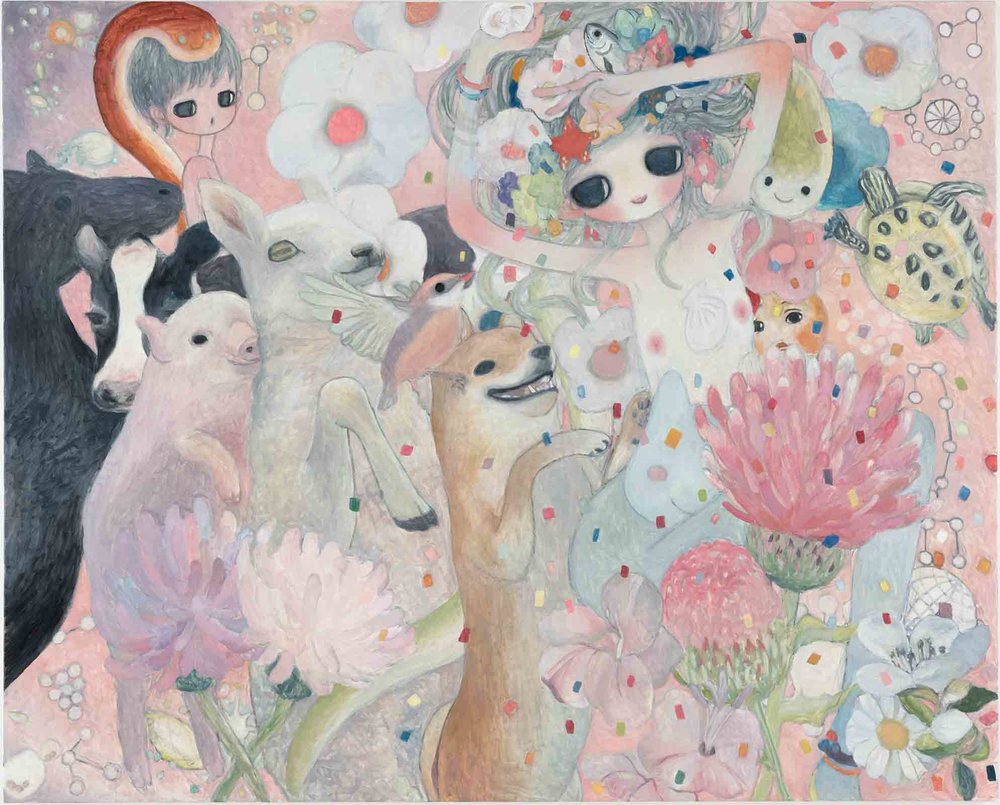
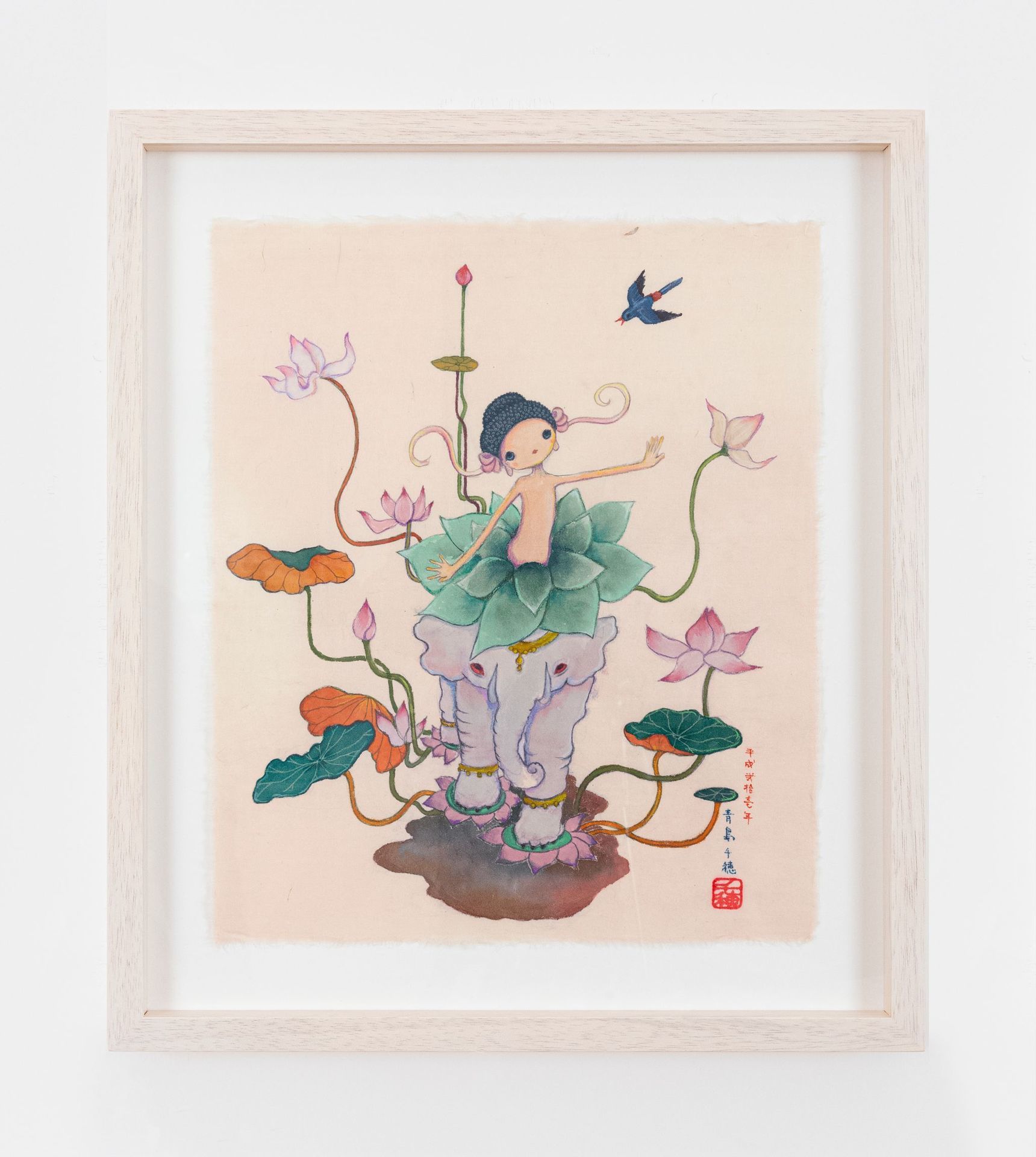
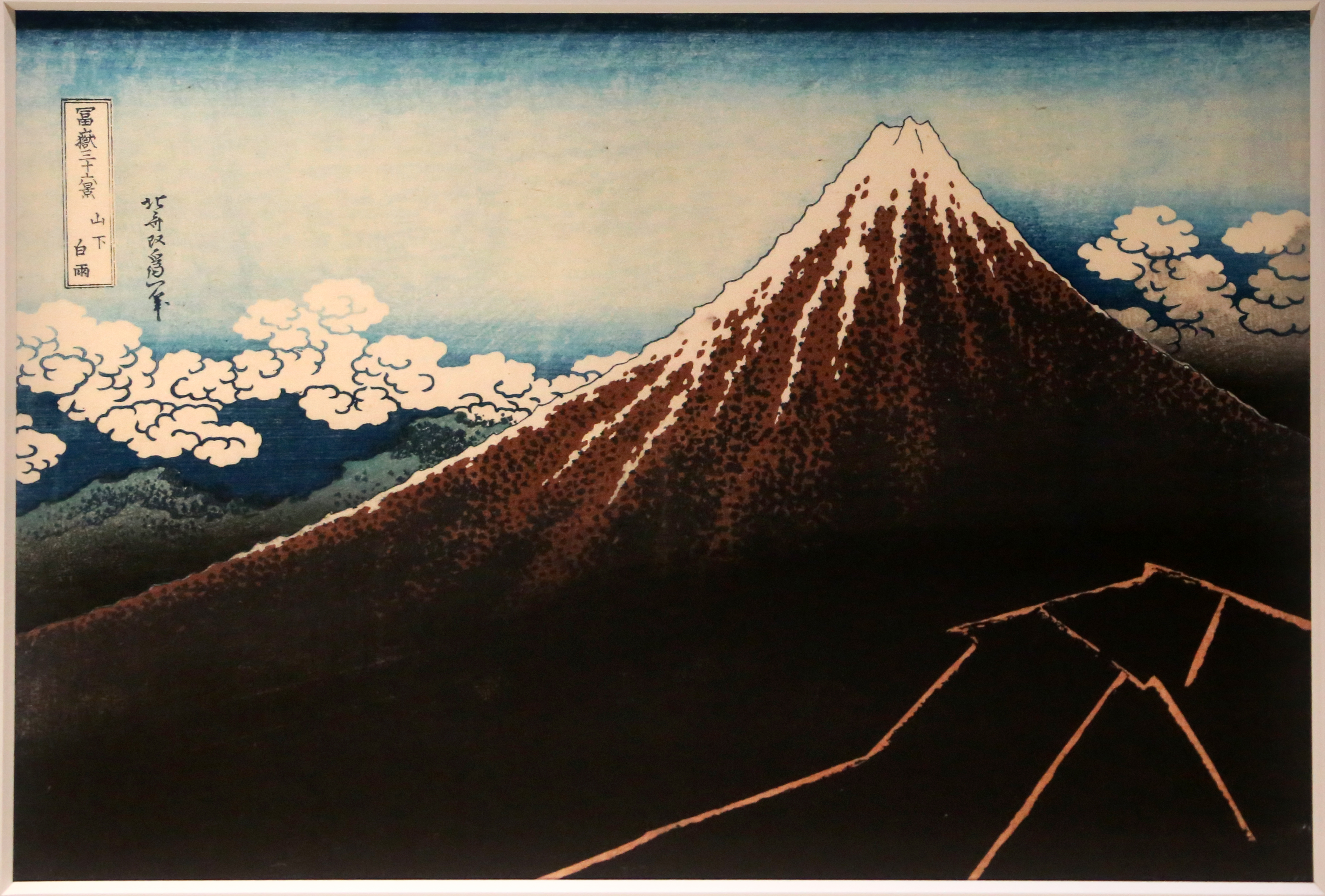
Post-war Japanese culture is central to the Superflat movement, particularly because of the influence of Western culture and imports, as well as the "spiritual loss" from the war that loomed over Japanese society. The Japanese saw immense economic growth, resulting in Western imports of name and luxury brands like Vivienne Westwood, Gucci, and Jil Sander that have become synonymous with high status. "A brand name dress or purse—is transformed through hype and consumer demand in a stylized graphic object that is almost nothing but brand" [3].
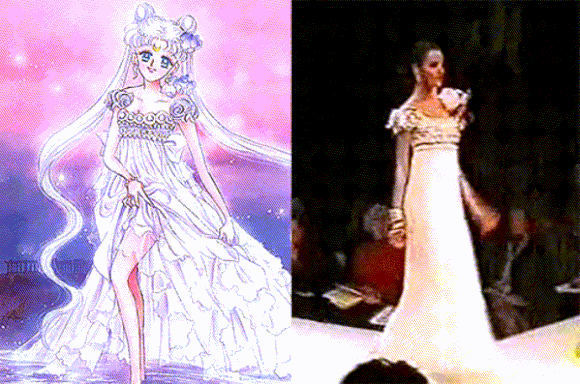

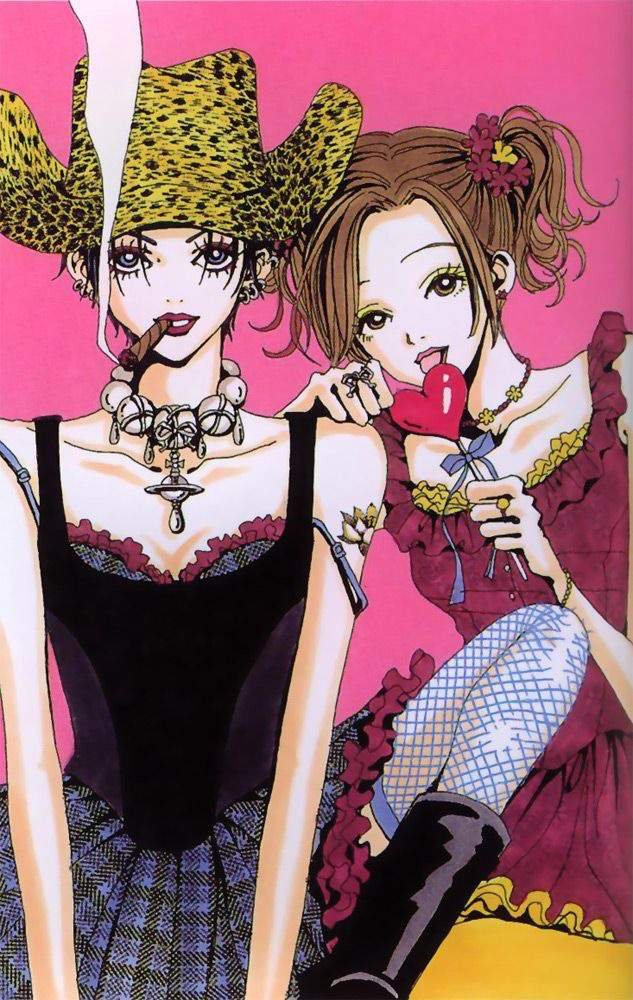
Murakami really plays into mass-distribution (think: Andy Warhol) and blurred boundaries between pop culture, fine arts, and commercial art[3]—clearly demonstrated by his most recent foray into the world of NFTs. His artwork can be found as flower-shaped plush pillows and keychains, apparel, and even a pancake skillet. In contrast, his work can cost up to $90,000 on Artsy.

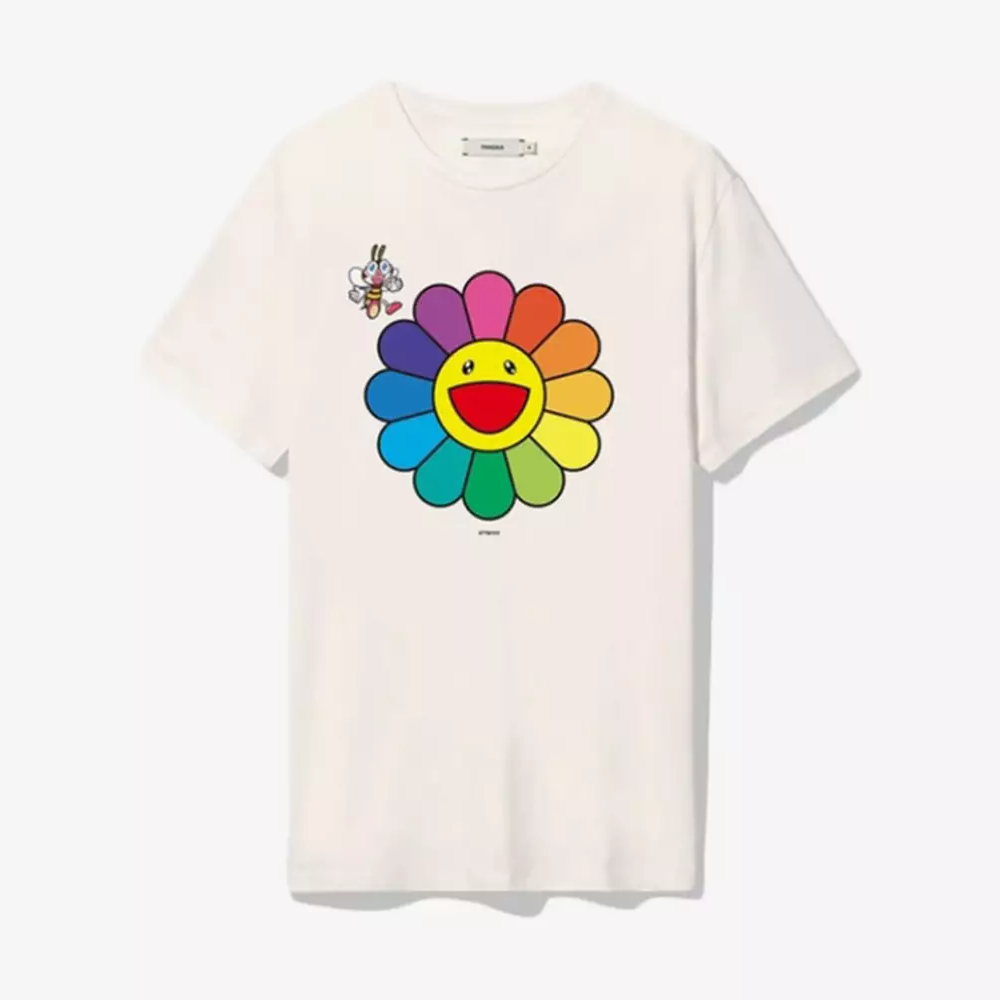
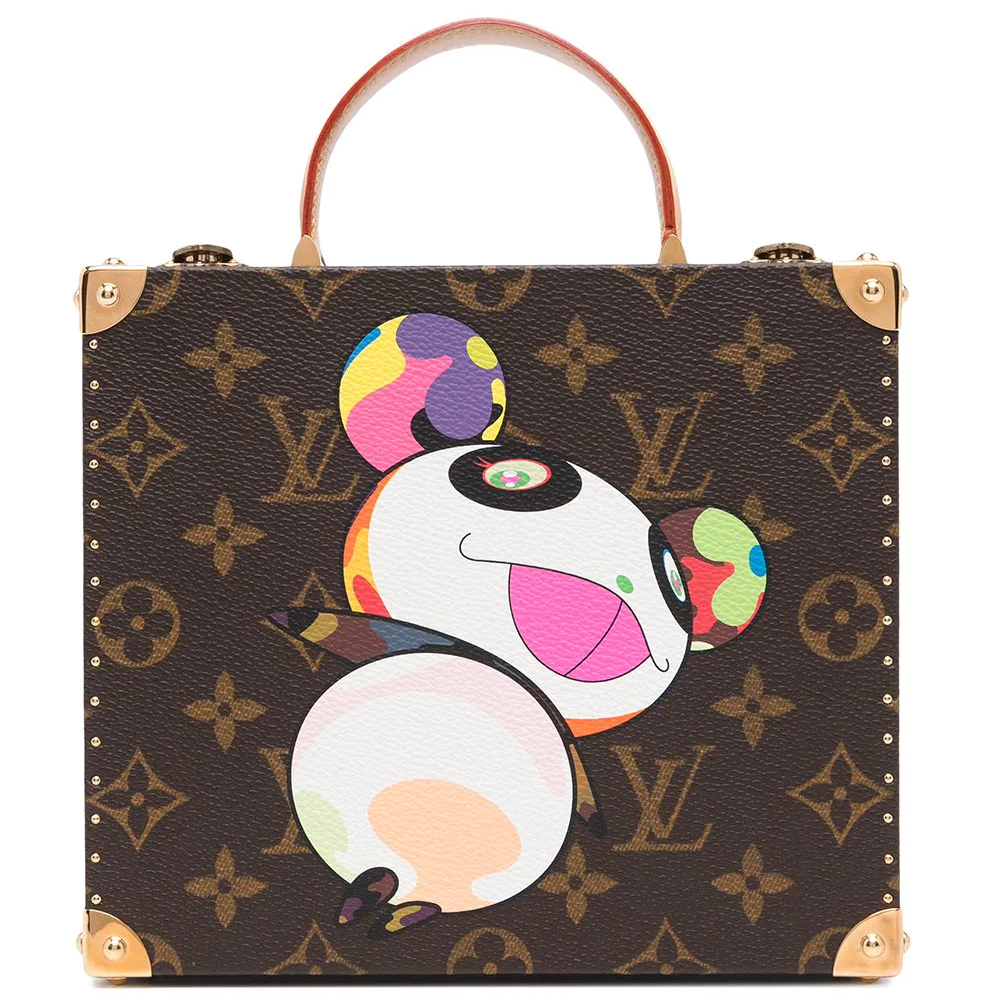

Michael Darling also asserts that Murakami's "art often confound traditional value judgements," sometimes through "his embrace of otaku culture." Japanese people do not view otaku culture favorably because it's associated with a lack of productivity, low-brow culture, and low intelligence. A self-proclaimed otaku and mass murderer may also have played against otaku culture's favor. Sociologist Sharon Kinsella goes on to say that "Left-wing intellectuals and class-conscious workers and students have simultaneously regarded manga as a progressive social medium which flouts repressive social taboos." Those who view anime and manga favorably view these mediums as a truly Japanese invention, rather than rooted in Western influence–like the Disney films distributed in Japan during American occupation in Japan from 1945 to 1951. In fact, the large anime eyes may have originated from Disney animation[3].
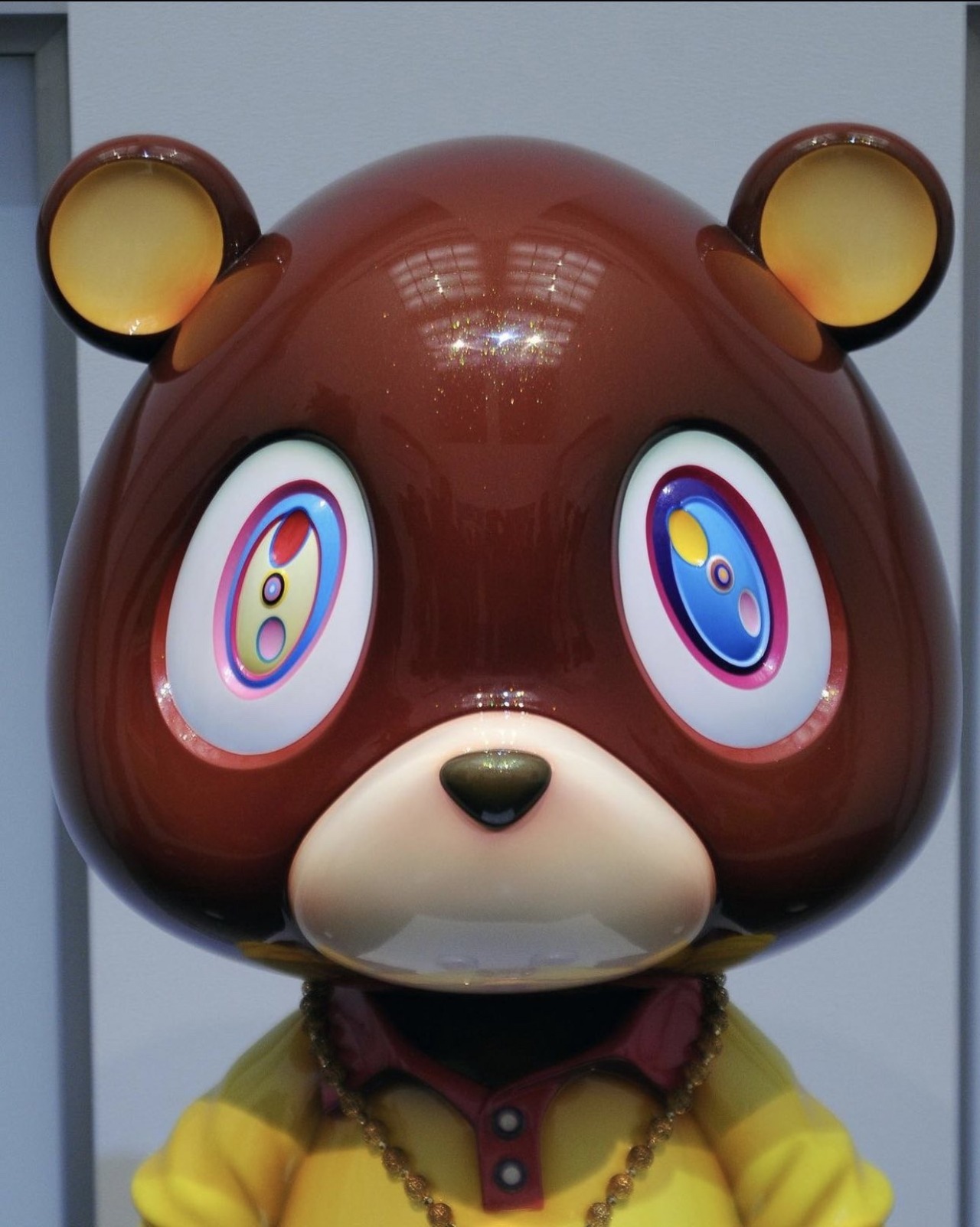
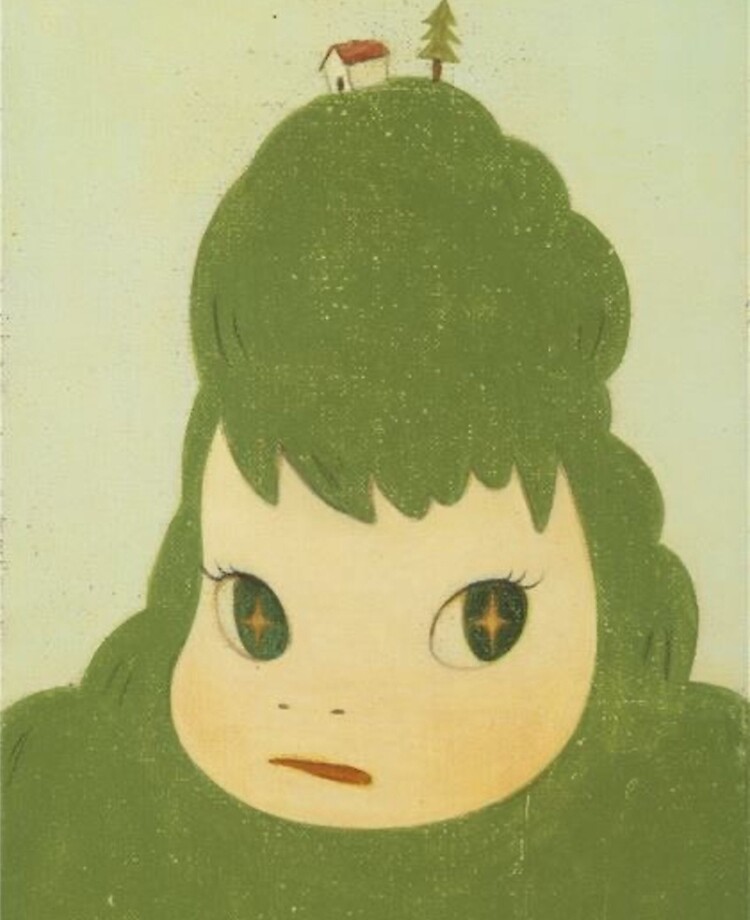
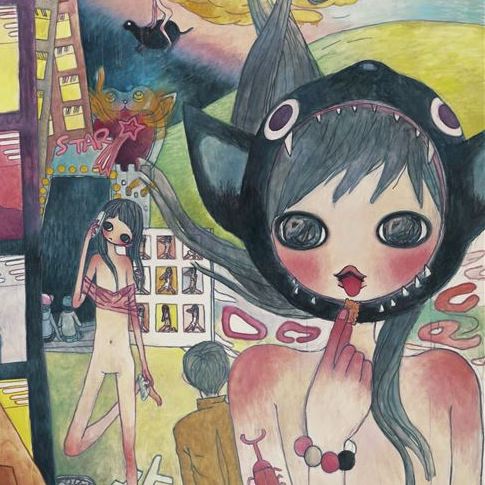
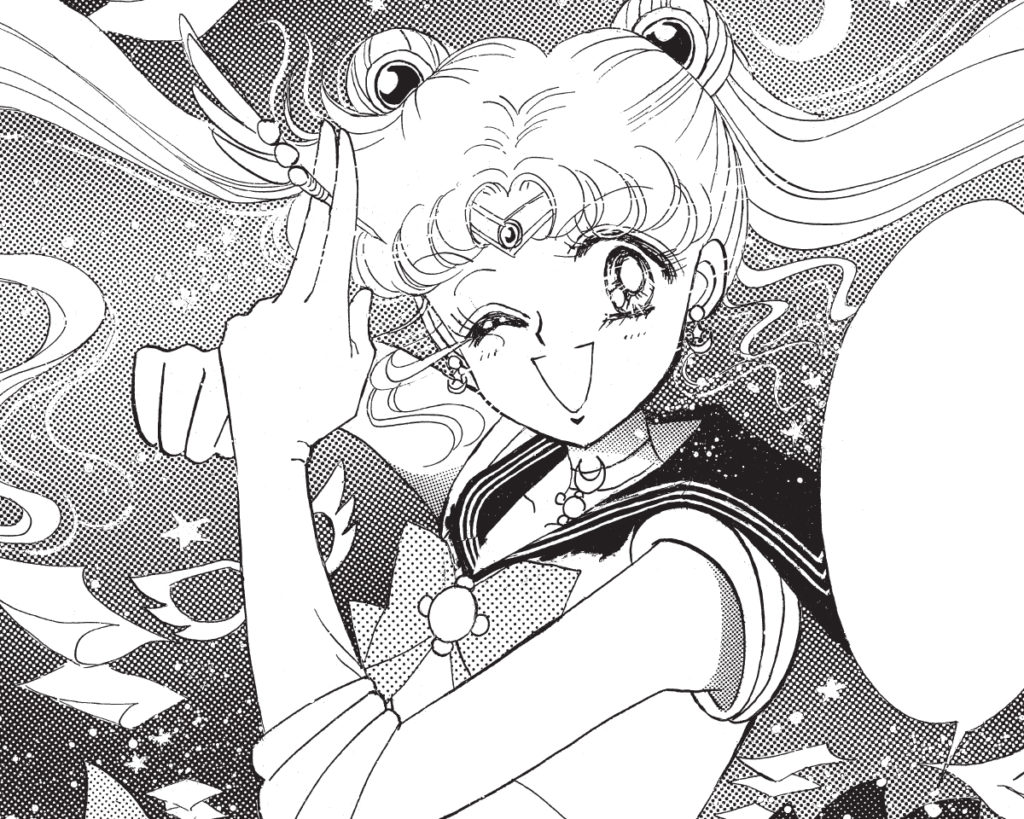
You can't talk about anime and manga without talking about the depiction of underaged characters or infantilized mannerisms in Japanese media, consumed primarily by men. This phenomenon could be summarized as "lolita" or "Lolicon" [3]. I can't help but think of John Berger's essay "Women and Art" which describes how women's bodies are contorted in uncomfortable, impossible positions for the purpose of the male gaze. Sometimes women's bodies are violently mutilated or objectified. Such examples include Table (1969) and Chair (1969) by Allen Jones. In anime, female breasts and clothing defy gravity for no reason other than to turn on a male viewer. A loose t-shirt will wrap itself perfectly around a female character's chest, revealing the contours of each individual breast while they are bouncing violently for no reason. Even a girl-caterpillar hybrid is sexualized as seen in Untitled (Green Caterpillar's Girl) (1999) by Hanmaru Machino. Superflat art may "critique...the decline in Japanese mores and values—for which otaku are common culprits" [3].

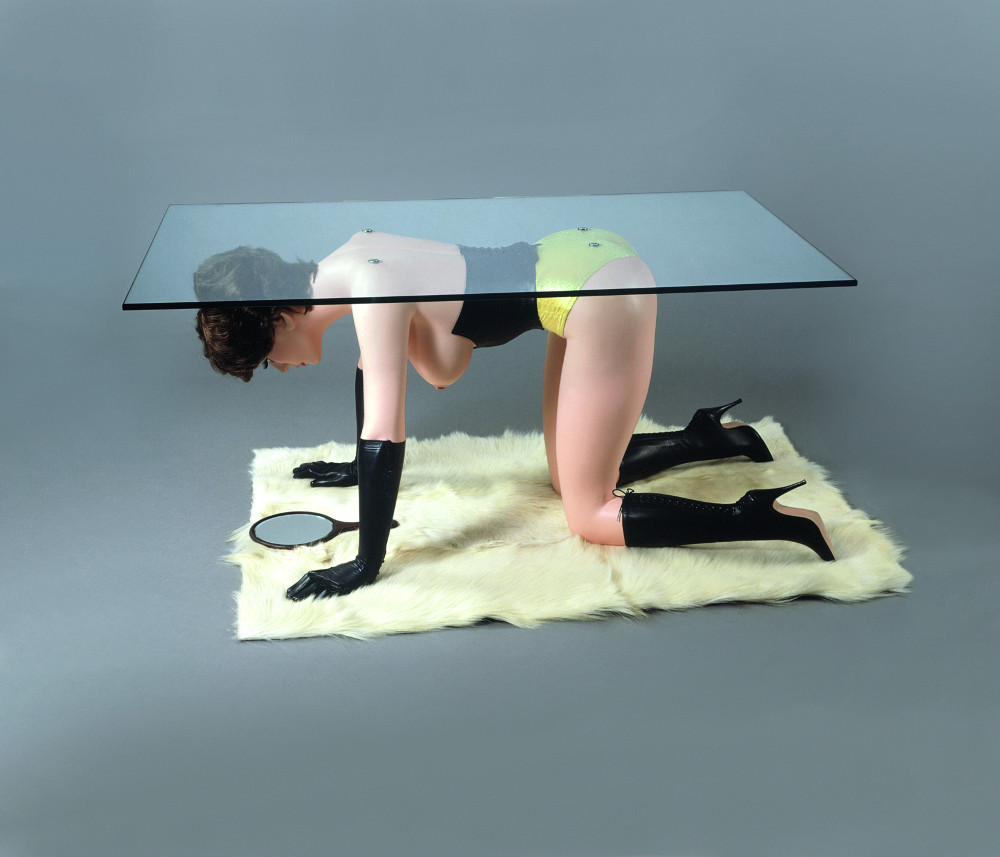
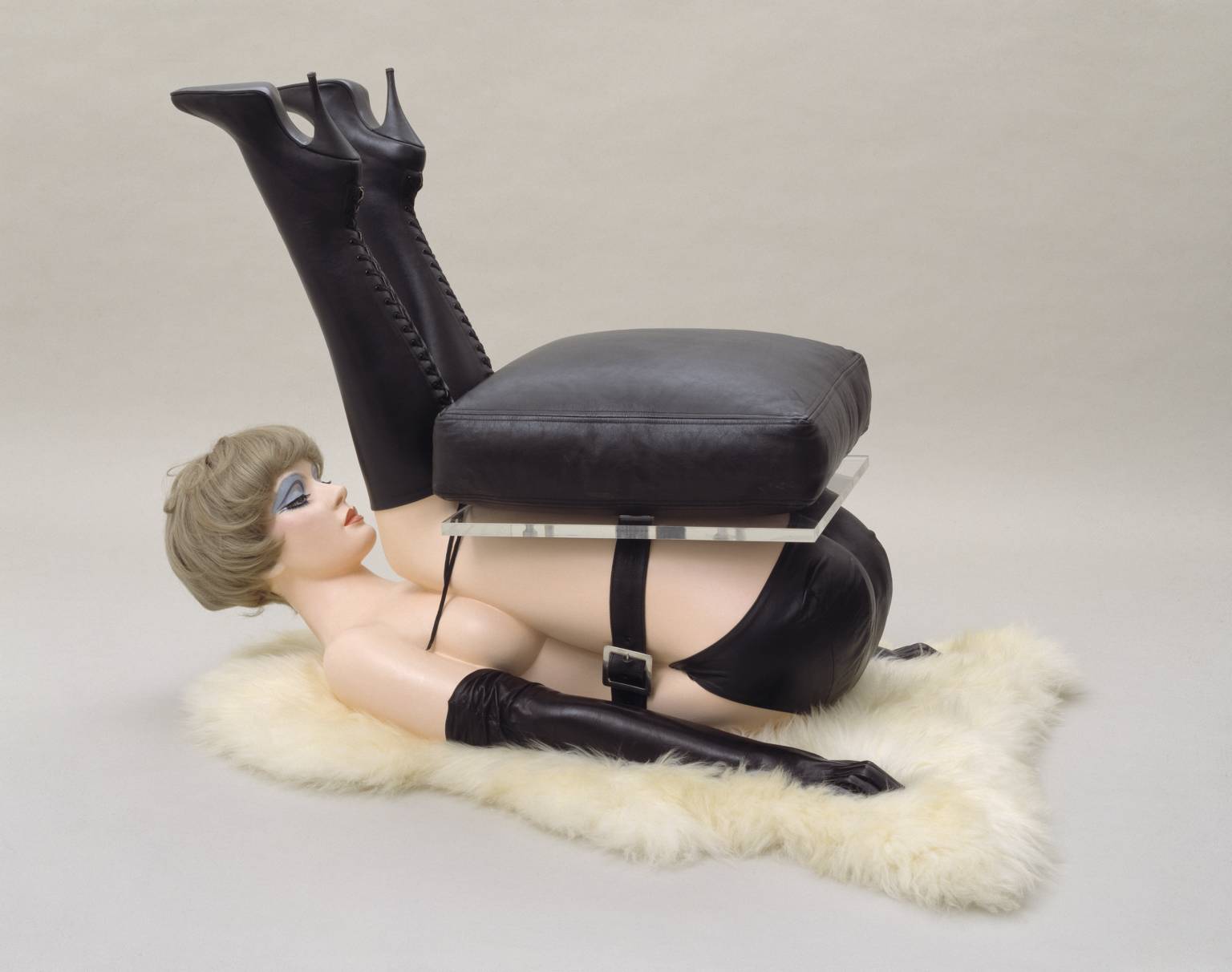
✿✿✿✿✿✿✿✿✿✿✿✿✿✿✿✿✿✿✿✿✿✿✿✿✿✿✿✿✿✿✿✿✿✿✿
Sources
[1] Steinberg, Marc Aaron. Emerging from flatness: Murakami Takashi and superflat aesthetics.2002. McGill University (Canada). Master's Thesis.
[2] Drohojowska-Philp, Hunter. "Superflat," Artnet, 18 January 2001, artnet.com/Magazine/features/drohojowska-philp/drohojowska-philp1-18-01.asp. Accessed 8 January 2023.
[3] Darling, Michael. “Plumbing the Depths of Superflatness.” Art Journal, vol. 60, no. 3, 2001, pp. 76–89. JSTOR, doi.org/10.2307/778139. Accessed 8 January 2023.
